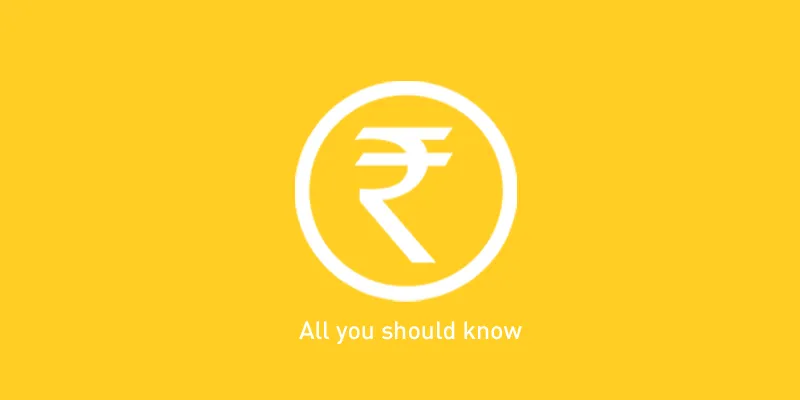Here are the 10 things you can do with your Rs 500 and Rs 1,000 notes
In his 40-minute address first in Hindi and later in English, Prime Minister Narendra Modi announced that Rs 500 and Rs 1,000 notes "will not be legal tender from midnight tonight" and will be "just worthless pieces of paper."
However, he said that all notes in the lower denominations of Rs 100, Rs 50, Rs 20, Rs 10, Rs 5, Rs 2 and Re 1 and all coins will continue to be valid. Needless to say, this news comes as a huge surprise to the public.
Speaking at the event Modi also said,
Considering humanitarian grounds, a 72-hour-long window will be given before the announcement is put to action.

- While social media is abuzz with the future of the notes that are already in circulation, here’s what you and I can do with the Rs 500 and Rs 1,000 notes in hand:Deposit old notes at your nearest authorised banks or post offices between November 10 and December 30 (50 days) without any limit. There will, however, be a limit on withdrawal — Rs 10,000 per day and Rs 20,000 per week. This particular limit will be increased in the coming days.
- Old notes will also be accepted for railway ticket bookings and air travel booking for the next 72 hours.
- There is no restriction on the usage of any electronic mode of fund transfer, including non-cash payments made via cheques, demand drafts, and debit and credit cards.
- International airports will make arrangements for arriving passengers to exchange up to Rs 5,000 worth of old notes for the new legal tender.
- Petrol, diesel and CNG-authorised stations, crematoriums, milk booths, co-operative societies, and hospitals to accept the Rs 500 and Rs 1,000 notes for the next 72 hours.
- Banks and post offices gear up for long queues starting from November 10. Any exchange after November 25 will require ID proof.
- Starting from November 9, some ATMs will not be functioning. For the first few days, there will be a limit of Rs 2,000 per day per card which will be further extended to Rs 4,000.
- If one misses the December 30 date to exchange their currency notes, they can still approach the designated RBI offices with the old notes and submit a declaration with ID proof.
- There will be no change in the form of currency exchange be it a cheque, DD, payment via credit or debit cards etc.
- All banks will remain closed on November 9 for public work.
Speaking at the special nationwide TV address, Modi took a firm stand on corruption by scrapping all Rs 500 and Rs 1,000 notes with immediate effect. Stating from February 2017, the RBI will start issuing Rs 2,000 notes as well.
Also read : Rs 500 and Rs 1,000 notes to be invalid from midnight: Narendra Modi
This announcement comes at the end of a day on which he met the three chiefs of the armed forces — Army Chief Dalbir Singh, Navy Chief Sunil Lanba, and Indian Air Force Vice Chief BS Dhanoa — to review India’s security following the tension with Pakistan.











